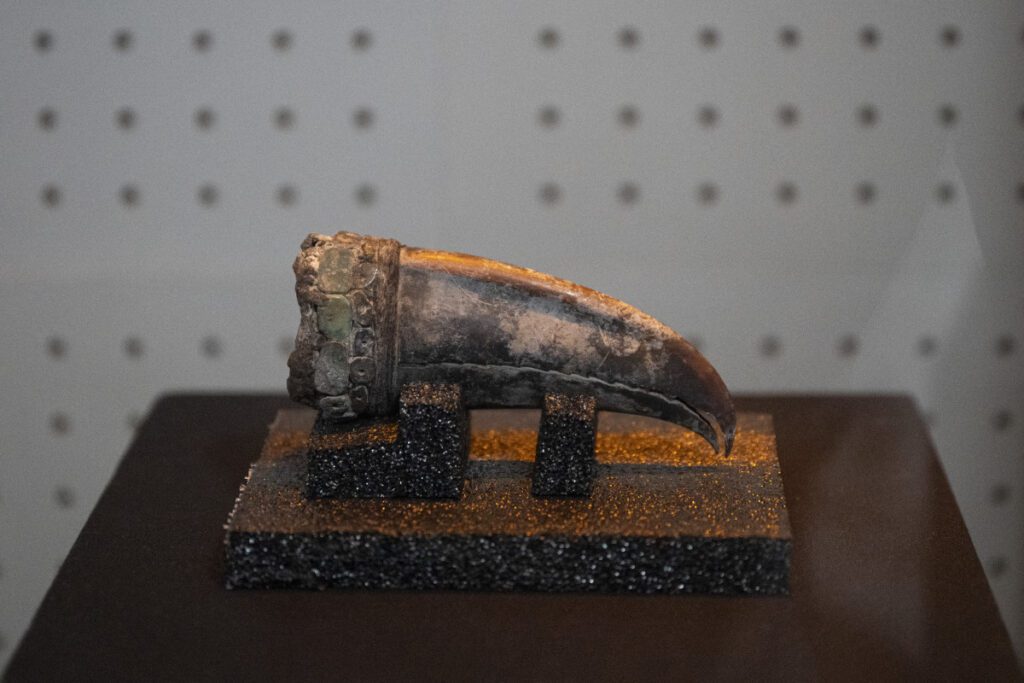Rediscovering Gender Roles in Ancient Caral Civilization of Peru
Recent archaeological findings have unveiled a tomb belonging to a high-status woman from Peru’s Caral civilization, challenging long-held assumptions about gender roles in early societies.
Significant Burial Discovery
Archaeologists from the site of Áspero, located along the Pacific coast of Peru, have uncovered a burial that dates back approximately 5,000 years. This tomb, believed to belong to a woman who died in her early thirties, has been meticulously preserved, showcasing her remains still containing traces of skin, hair, and fingernails.
“This is an important burial because it has elements that correspond to a woman of high status,” commented archaeologist David Palomino during an interview with Reuters.
Unveiling Cultural Values
The tomb’s contents reveal a wealth of offerings, including intricately woven garments adorned with feathers likely sourced from Amazonian macaws. Accompanying artifacts such as baskets, vases, and a toucan’s beak suggest that the Caral society revered women’s roles alongside men’s, countering historical narratives of gender disparity.
Palomino emphasized the broader implications of the findings: “Not only men had an important association in this civilization, but this was also complementary with that of women.”
Historical Context of the Caral Civilization
Active around 3000 B.C., the Caral civilization emerged independently, paralleling contemporaneous developments in Egypt and Mesopotamia. Their isolated development presents a unique opportunity to understand early urban culture without the influence of external civilizations.
This recent finding may signify that gender roles within Caral were more equitable than previously believed, marking a pivotal shift in our understanding of the dynamics in one of humanity’s earliest urban centers.
Implications for Modern Understanding
Once dismissed as a mere dumping ground, the burial site at Áspero now stands as a testament to the complex social structures of ancient Caral. The artifacts discovered alongside the burial indicate a sophisticated society that valued contributions from both genders.
As research continues, this remarkable discovery may contribute to a revaluation of women’s historical significance in the evolution of civilizations and how we perceive their power and prestige in early human history.
Visual Insights

